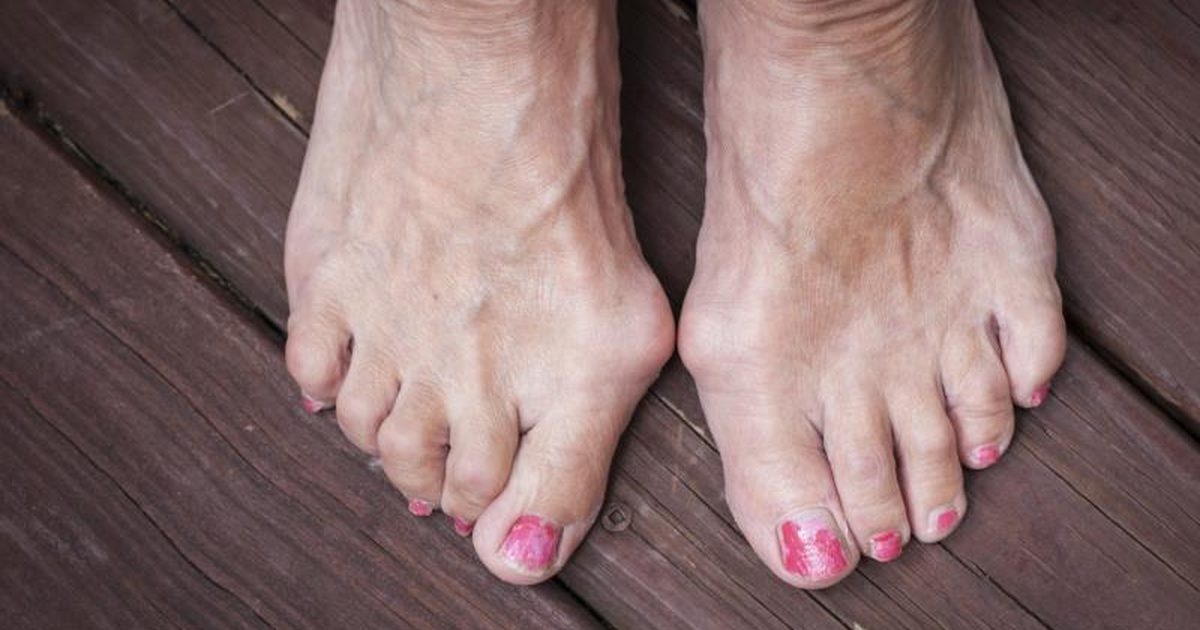The Different Feet Issues A Podiatrist Treats
Podiatrists are medical doctors who specialize in problems affecting the feet or lower legs. They treat injuries as well as health issues associated with diabetes. Podiatrists can reset broken bones, perform surgery, order X-rays or lab tests, and recommend medication. They are regulated and licensed by state governments in the United States. Podiatrists study how bones, muscles, and nerves work together to help you move.
They also learn how injuries and illnesses can affect your feet. If you have diabetes, you may have trouble getting enough blood to your feet. Over sixty thousand individuals every year need to have their feet amputated due to complications from diabetes. Regular visits to your podiatrists can help prevent this.
Heel Pain

The heel bone is the largest of any other bone in the human foot. It's susceptible to outside influences that can affect its ability to keep us stable on our feet. Heel pain can occur in the bottom, back, or front of the heel. Generally, it's the result of walking abnormalities or placing too much stress on the soft tissues and bone. It is also caused by injury, bruising, from wearing poorly-made footwear, being overweight, or jumping on hard surfaces. Heel spurs occur when the muscles and ligaments of the foot become strained by stretching the long band of tissue connecting the ball of the foot and heel.
Resting and light walking will only provide temporary relief. Heel pain can also be due to Achilles tendinitis, which is the pain in the back of the heel from inflammation of the Achilles tendon. This condition is common among individuals who walk or run frequently and have tight tendons. If left untreated, it can cause the growth of a bone spur on the back of the heel bone. A podiatrist will examine the foot and may perform X-rays to rule out other bone issues. Early treatment might include shoe recommendations, exercise, physical therapy, and customized shoe inserts.
Corns, Calluses, And Bunions

Bunions and calluses are bumps on the joint at the base of the big toe. They can be extremely painful as this joint carries a lot of the body's weight when walking. Bunions are caused by disruption of the normal balance of forces exerted on the joints. This disruption can cause deformities and instability in the joint. Bunions appear after years of abnormal pressure and motion on the joint. Corns, calluses, and bunions usually occur due to the way we walk. They also run in families and can be inherited or passed down.
Other causes are congenital deformities, foot injuries, or neuromuscular disorders. Arthritic patients with an inflammatory joint disease are more prone to these conditions. Symptoms include redness, swelling, firm bumps on the outside of the foot, corns, and painful or restricted motion of the big toe. If left untreated, bunions will get bigger and more painful. Treatment options vary but include surgery, padding and taping, physical therapy, and orthotics.
